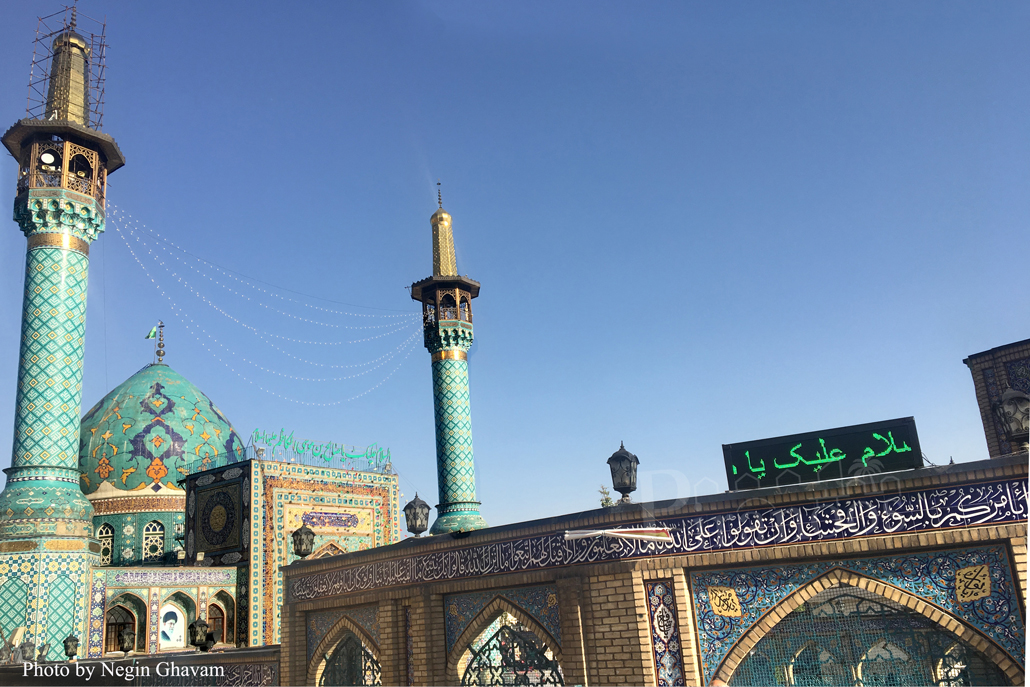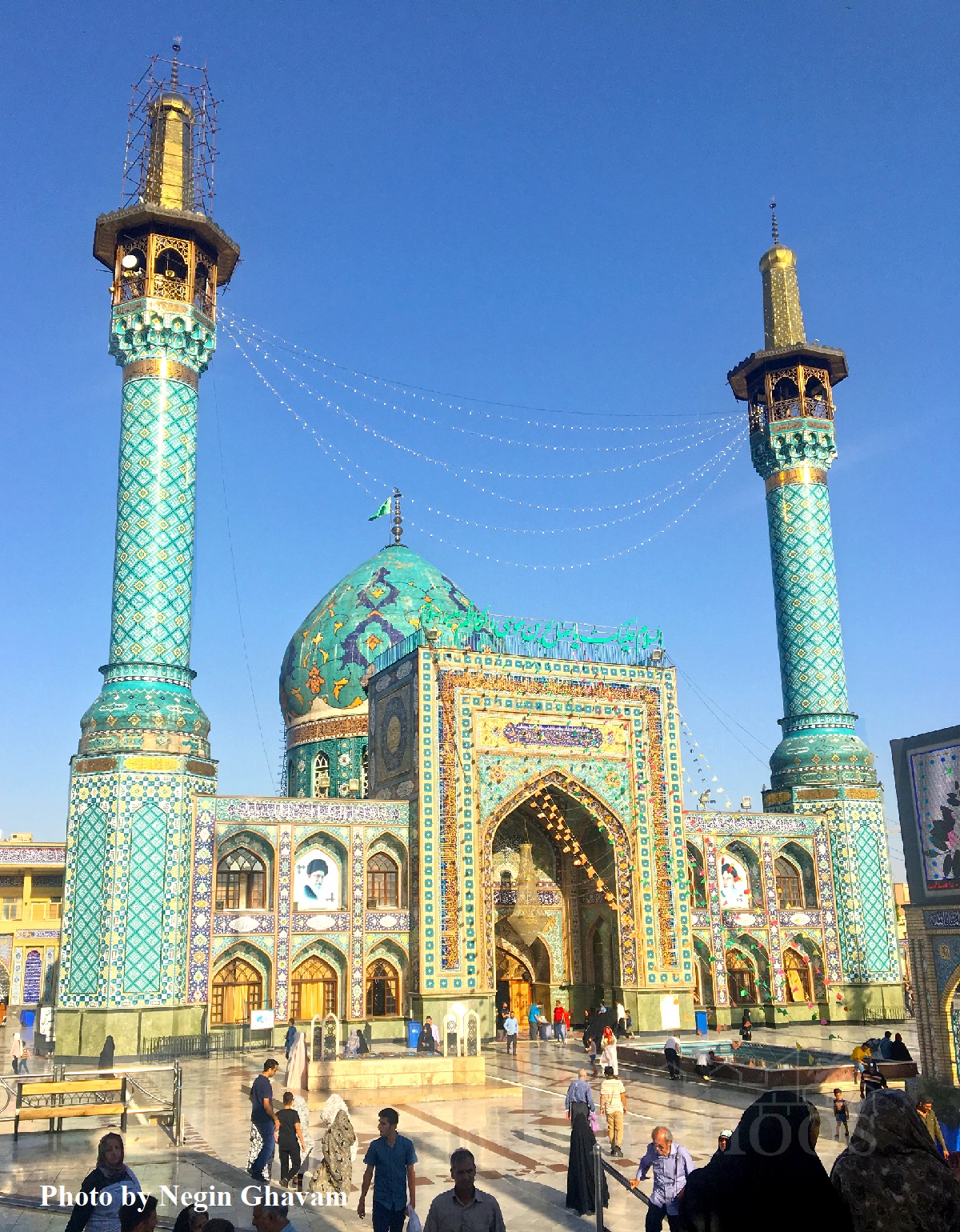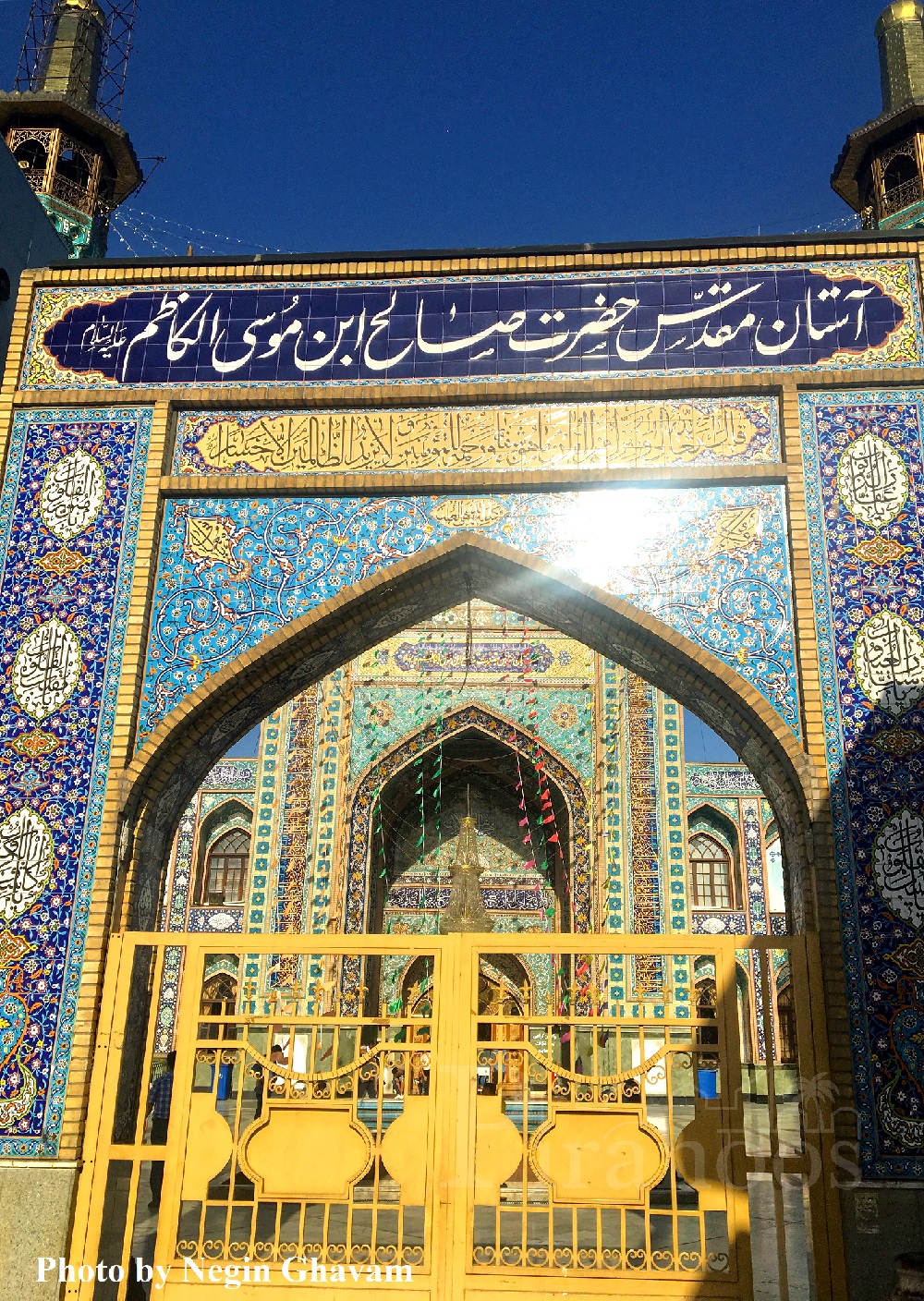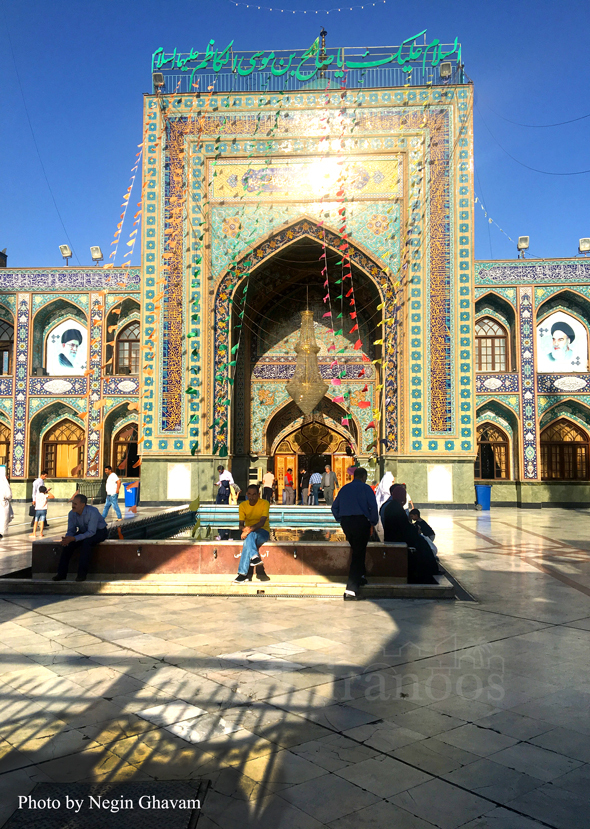Iran’s crowded capital contains many fascinating religious sites well worth a visit. Located in northern district of Tajrish in Shemiranat neighborhood, stands the Imamzadeh Saleh shrine, the resting place of Saleh, the son of Musa Al-Kadhem, the seventh Shia Imam. The beautiful Safavid style azure tile work of its dome and minarets overlooks the Tajrish Bazaar.

The original monument was built in the early 12th century AD. The shrine was destroyed during the Mongol invasion of Ray around 1238 and was reconstructed and restored in the year 1321 during the Ilkhanids period. Some parts were added to the monument during the Safavid and Qajar periods. The Imamzadeh Saleh shrine is a local pilgrimage site that houses a fine example of the dazzling mirrored interior common to Iranian mosques.
Imamzadeh Saleh Ibn-e Musa al-Kadhim Upon hearing the news that his brother Imam Reza, the 8th Imam of Shia, had become the Crown Prince, he moved to Iran from Iraq and headed towards Shemiranat in early 9th century AD. As he reached to Gloshan garden in Tajrish district he was martyred and his holy body was buried by a huge sycamore tree in the garden.

The tree’s branches shaded over the mosque of the Shrine and headed to the heavens.
In 1986, the life of the tree was threatened due to the collapse of the aqueduct under it. Consequently, despite the effort to save the tree, it had to be cut off.
It is said that in the distant past, pilgrims brought salt with them due to lack of access to vehicles and that Tajrish was impassible in winter, and they sprinkled salt on the snow to open the way for other pilgrims.
The salt offering has been a part of the tradition ever since so that the poor Pilgrims would take the salt for later use or to sell it.

The tree is one of Iran’s most famous and ancient sycamore trees which dates back at least eight hundred years. As Jean Diolafova has mentioned in his writings, its circumference was about 15 meters.
